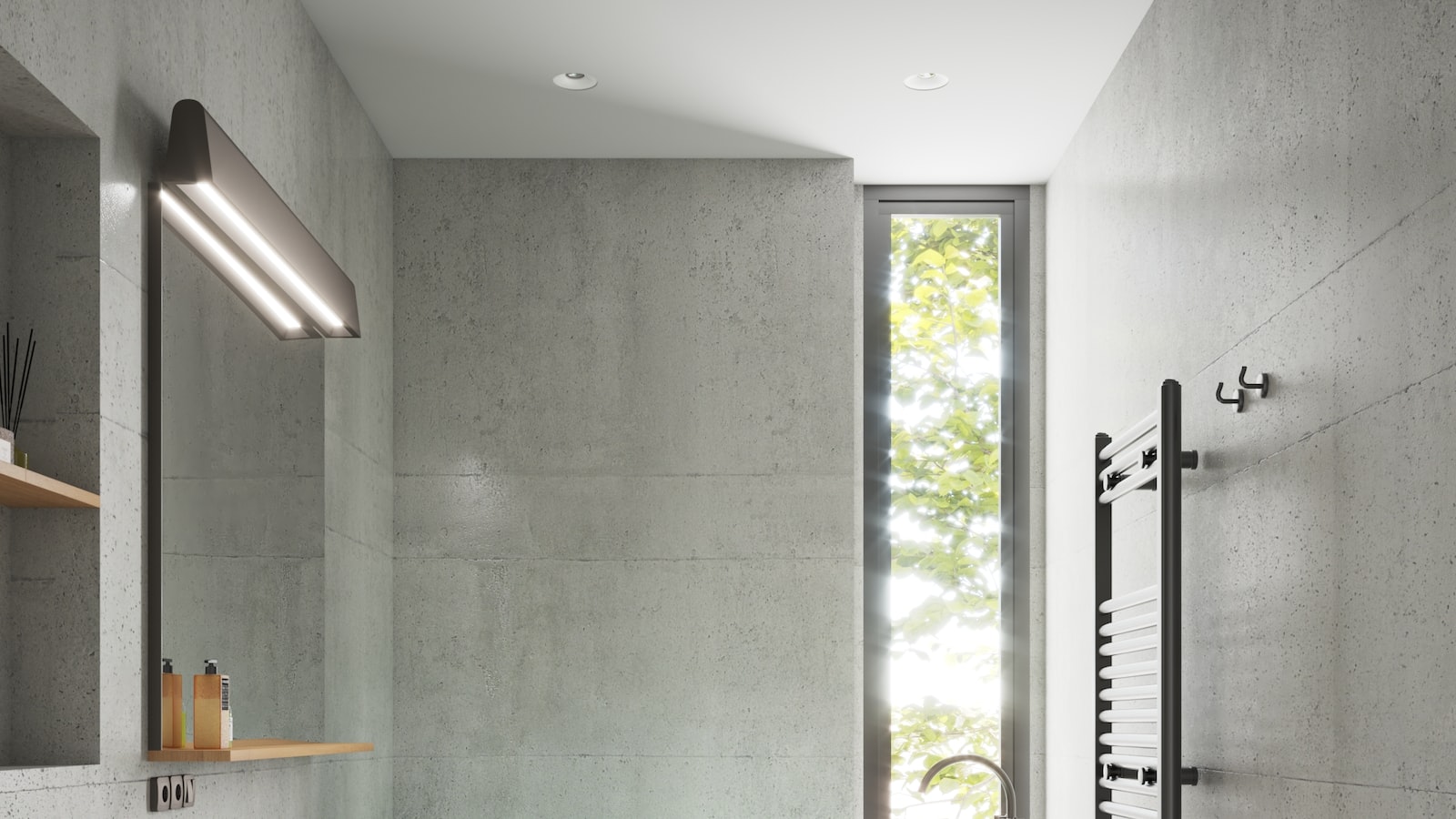Growing Peppers Indoors – Guidelines & Tips
Growing peppers indoors can be a fun and rewarding experience. Home gardeners can take advantage of the convenience, variety, and control that growing indoors brings. Here are some guidelines and tips to help get you started on your pepper-growing journey.
Location and Setup
By far the most important factor in successful pepper growing indoors is the location. You want to choose a location that gets plenty of direct sunshine, or if necessary, use a combination of LED lights and indirect light for a more consistent 12-14 hours of light per day.
When it comes to set up, you’ll need to consider the need for drainage, ventilation, and warmth. For drainage, you can use a pot shim or drill holes in the bottom of the pot. For ventilation, you can use a fan or open a window to help increase air circulation. Finally, you’ll need some sort of heat source. You can use a heat mat or a lamp as well as a space heater to keep your environment consistently warm.
Soil and Fertilizer
When it comes to soil, you want to use a nutrient-rich potting mix specifically designed for pepper plants. If you choose to use a soil-less mix, you’ll need to add organic matter, such as compost, to provide important nutrition to your peppers. Make sure to check the pH level of your soil to make sure it falls within the 5.5-6.5 range.
Aside from soil, you’ll need to add fertilizer. Make sure to use a fertilizer that is specifically designed for peppers and follow the instructions on the label for the best results. Usually, fertilizers will need to be applied at least once every two weeks.
Water & Temperature
Peppers need plenty of water in order to thrive. Aim to water your plant deeply at least once a week and make sure that the soil stays moist but not saturated. You may also want to use a self-watering system to keep the soil consistently moist throughout the season.
Finally, remember that peppers need warm weather. Aim to keep their environment consistently between 70-85°F (21-29°C) for the best results. If the temperature is too cold, your peppers will not be able to produce fruit.
Harvesting
When it comes to harvesting peppers, the best time is when the peppers are almost their full size and have changed colors. If you wait too long, the pepper may become over-ripe and may not have the best flavor. Be sure to use scissors or pruning shears to help preserve the stem of the plant and also to avoid damaging the roots. Finally, make sure to wear gloves when harvesting peppers, as some peppers can be quite spicy!
Conclusion
Growing peppers indoors can be a fun and rewarding experience for home gardeners. With proper care and attention, you can enjoy a wide variety of peppers right from the comfort of your own home. Keep in mind the guidelines and tips above and you’ll be on your way to a successful pepper-growing experience!



